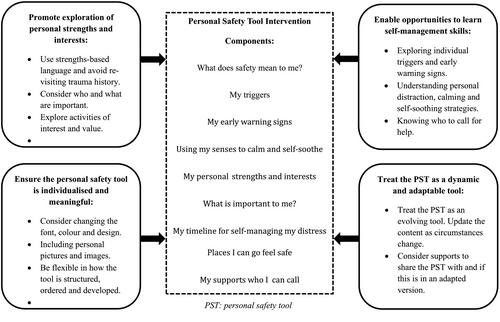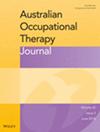Utilising co-design to develop a lived experience informed personal safety tool within a mental health community rehabilitation setting
Abstract
Introduction
Mental health personal safety tools aim to promote a recovery focus and empower an individualised approach to consumer care. These clinical tools are predominantly utilised in acute mental health settings with a person during or straight after a crisis. There is currently a gap in the literature regarding the preparation of personal safety tools in non-acute mental health settings. This descriptive article discusses the learnings and outcomes from a co-designed project that aimed to develop a personal safety tool suitable for a community mental health rehabilitation setting.
Methods
Seven people with lived experience engaging within a mental health community-based rehabilitation service were recruited through convenience sampling to participate in the co-design project. A focus group approach was utilised during four group meetings to develop a personal safety tool template. Experiences and ideas about safety planning were transcribed during meetings and thematic analysis extracted key themes. Five steps underpinned the co-design process that included identifying the need, establishing the co-design group, planning, design and development, and review and closure.
Consumer and community involvement
Consumer involvement commenced at step two of the co-design process. The completed personal safety tool was designed with consumer input and review.
Findings
The personal safety tool consisted of nine intervention components. Four key themes emerged from focus group meetings that informed the content of the tool: (i) ensuring the personal safety tool is individualised and meaningful, (ii) promoting exploration of personal strengths and interests, (iii) enabling opportunities to learn self-management skills, and (iv) treating the personal safety tool as a dynamic and adaptable tool.
Conclusion
Findings suggest that a personal safety tool targeted to a mental health community-based rehabilitation setting should have an individualised and preventative focus to mental health care. Embedding co-design principles can support opportunities for meaningful consumer engagement and establishing consumer and clinician partnerships.


 求助内容:
求助内容: 应助结果提醒方式:
应助结果提醒方式:


